|
|
|
|
Image Gallery for Leptysma marginicollis - Cattail Toothpick Grasshopper
|
 | Recorded by: Mark Basinger
Columbus Co.
Comment: |  | Recorded by: Mark Basinger
Sampson Co.
Comment: |
 | Recorded by: Mark Basinger
Pender Co.
Comment: |  | Recorded by: Mark Basinger
Brunswick Co.
Comment: |
 | Recorded by: Mark Basinger
Wilson Co.
Comment: |  | Recorded by: Mark Basinger
Wilson Co.
Comment: |
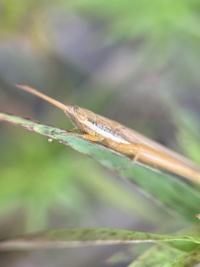 | Recorded by: Larry Chen, Sarah Toner
Onslow Co.
Comment: |  | Recorded by: Mark Basinger
Brunswick Co.
Comment: |
 | Recorded by: Mark Basinger
Brunswick Co.
Comment: |  | Recorded by: Larry Chen, Sarah Toner
Tyrrell Co.
Comment: |
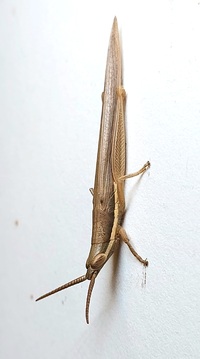 | Recorded by: Mark Basinger
Hyde Co.
Comment: |  | Recorded by: Mark Basinger
Franklin Co.
Comment: |
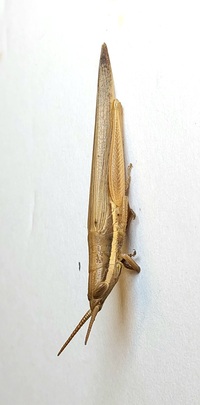 | Recorded by: Mark Basinger
Nash Co.
Comment: | 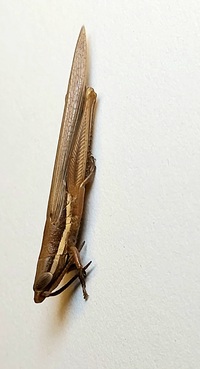 | Recorded by: Mark Basinger and Donald Zepp
Johnston Co.
Comment: |
 | Recorded by: Mark Basinger and Donald Zepp
Johnston Co.
Comment: |  | Recorded by: Mark Basinger
Brunswick Co.
Comment: |
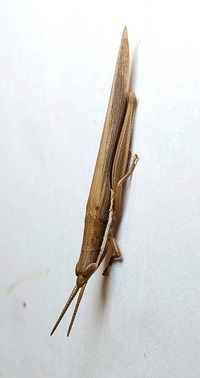 | Recorded by: Mark Basinger
Columbus Co.
Comment: | 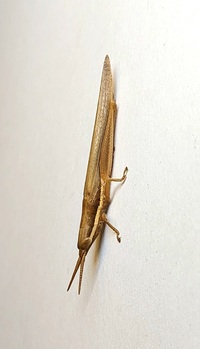 | Recorded by: Mark Basinger and Donald Zepp
Johnston Co.
Comment: |
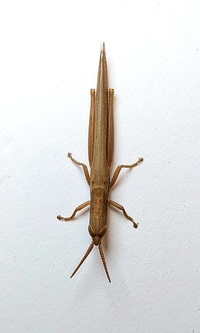 | Recorded by: Mark Basinger and Donald Zepp
Johnston Co.
Comment: | 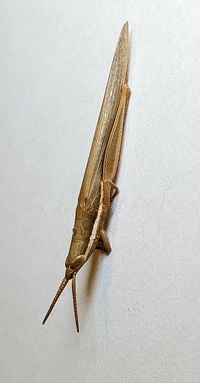 | Recorded by: Mark Basinger
Columbus Co.
Comment: |
 | Recorded by: Mark Basinger
Columbus Co.
Comment: |  | Recorded by: Mark Basinger
Columbus Co.
Comment: |
 | Recorded by: Mark Basinger
Columbus Co.
Comment: | 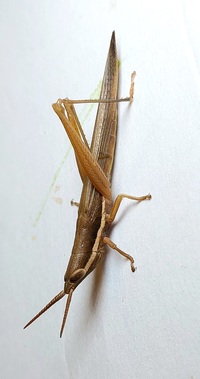 | Recorded by: Mark Basinger
Brunswick Co.
Comment: |
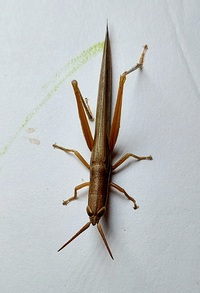 | Recorded by: Mark Basinger
Brunswick Co.
Comment: | 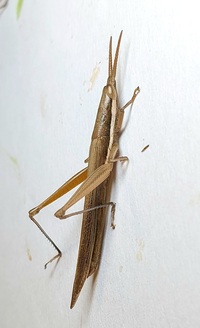 | Recorded by: Mark Basinger
Brunswick Co.
Comment: |
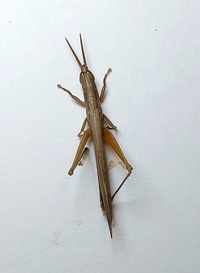 | Recorded by: Mark Basinger
Brunswick Co.
Comment: | 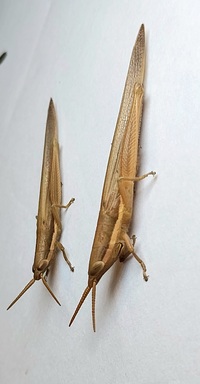 | Recorded by: Mark Basinger
Richmond Co.
Comment: |
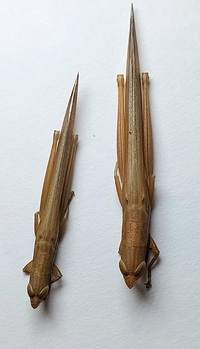 | Recorded by: Mark Basinger
Richmond Co.
Comment: | 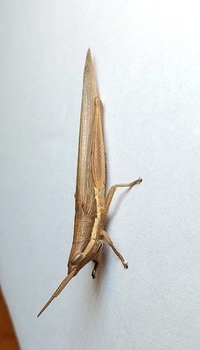 | Recorded by: Mark Basinger
Scotland Co.
Comment: |
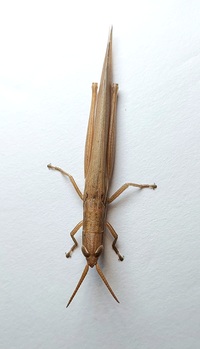 | Recorded by: Mark Basinger
Scotland Co.
Comment: | 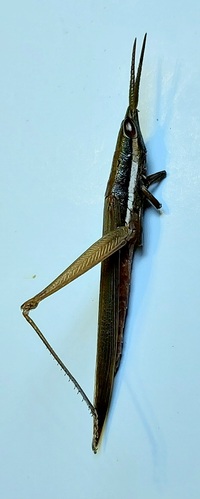 | Recorded by: Mark Basinger
Columbus Co.
Comment: |
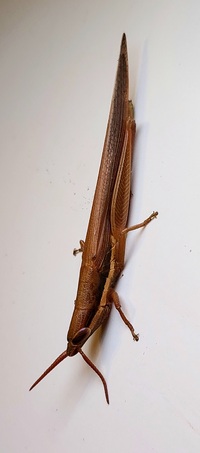 | Recorded by: Mark Basinger
Columbus Co.
Comment: | 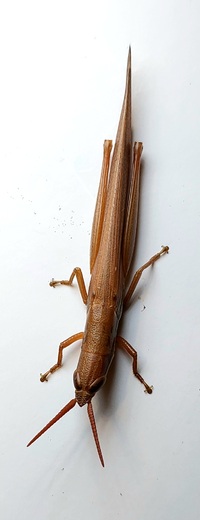 | Recorded by: Mark Basinger
Columbus Co.
Comment: |
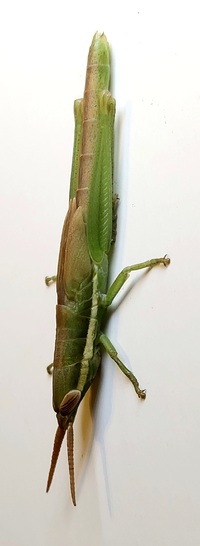 | Recorded by: Mark Basinger
Columbus Co.
Comment: | 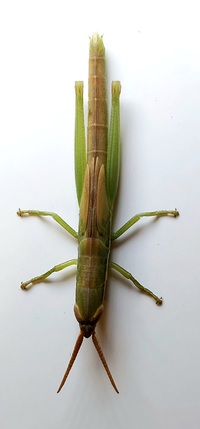 | Recorded by: Mark Basinger
Columbus Co.
Comment: |
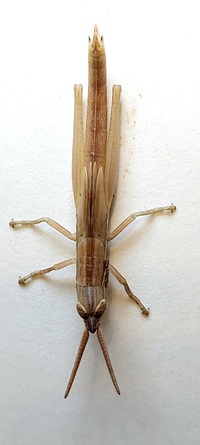 | Recorded by: Mark Basinger
Brunswick Co.
Comment: |  | Recorded by: Mark Basinger
Brunswick Co.
Comment: |
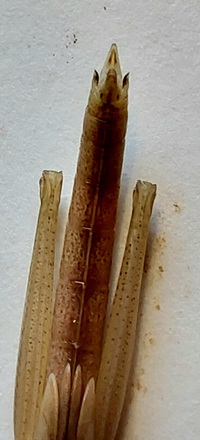 | Recorded by: Mark Basinger
Brunswick Co.
Comment: | 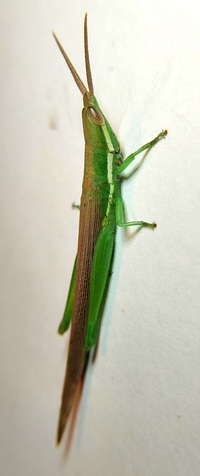 | Recorded by: Mark Basinger
Columbus Co.
Comment: |
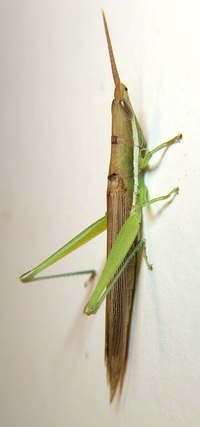 | Recorded by: Mark Basinger
Brunswick Co.
Comment: | 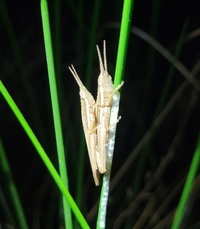 | Recorded by: Andrew W. Jones
Polk Co.
Comment: |
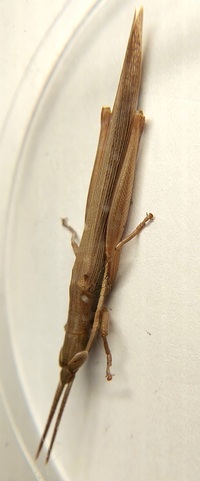 | Recorded by: Mark Basinger
Nash Co.
Comment: | 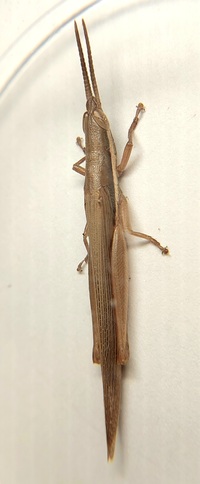 | Recorded by: Mark Basinger
Nash Co.
Comment: |
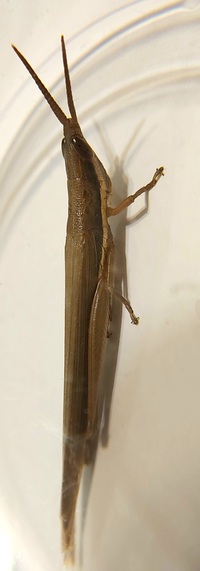 | Recorded by: Mark Basinger
Columbus Co.
Comment: |  | Recorded by: Mark Basinger
Wilson Co.
Comment: |
 | Recorded by: Mark Basinger
Wilson Co.
Comment: |  | Recorded by: Mark Shields
Onslow Co.
Comment: |
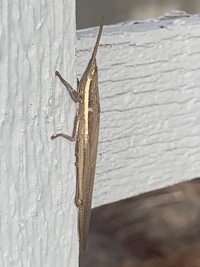 | Recorded by: Steve Taylor
Beaufort Co.
Comment: |  | Recorded by: Ken Kneidel
Mecklenburg Co.
Comment: |
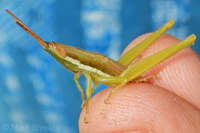 | Recorded by: Mark Shields
Onslow Co.
Comment: |  | Recorded by: Ken Kneidel
Mecklenburg Co.
Comment: |
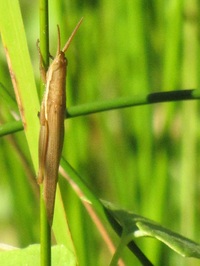 | Recorded by: Ken Kneidel
Mecklenburg Co.
Comment: |  | Recorded by: Kyle Kittelberger
New Hanover Co.
Comment: |
 | Recorded by: Tracy S. Feldman
Scotland Co.
Comment: | 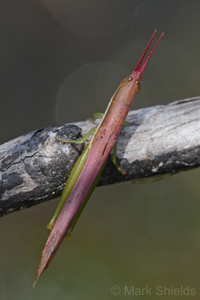 | Recorded by: Mark Shields
Carteret Co.
Comment: |
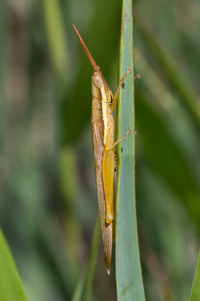 | Recorded by: Stephen Hall
Pender Co.
Comment: | 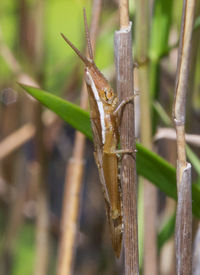 | Recorded by: Stephen Hall
Onslow Co.
Comment: |
 | Recorded by: Stephen Hall
Edgecombe Co.
Comment: | 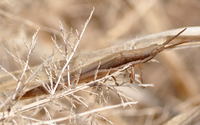 | Recorded by: Kyle Kittelberger
Wake Co.
Comment: |
 | Recorded by: F. Williams
Gates Co.
Comment: | 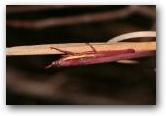 | Recorded by: E. Corey
Onslow Co.
Comment: |
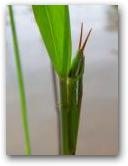 | Recorded by: Chris Helms
Columbus Co.
Comment: | 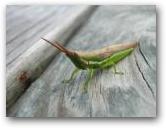 | Recorded by: Chris Helms
Columbus Co.
Comment: |
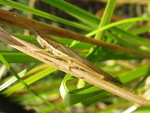 | Recorded by: FKW, SBW
Gates Co.
Comment: |
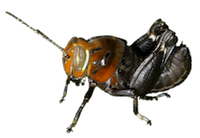
 »
»

 »
»